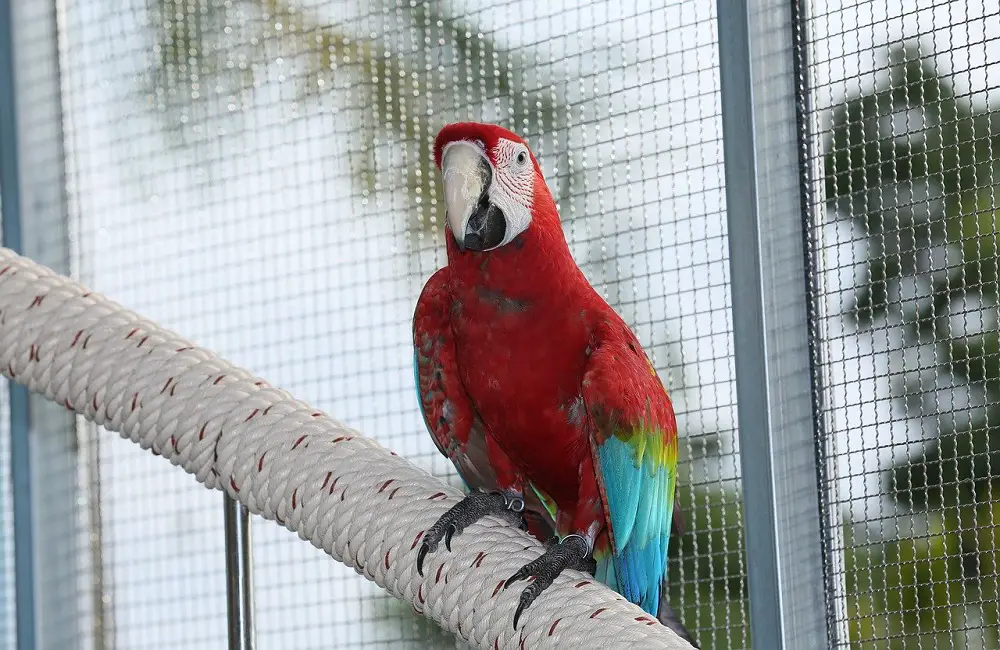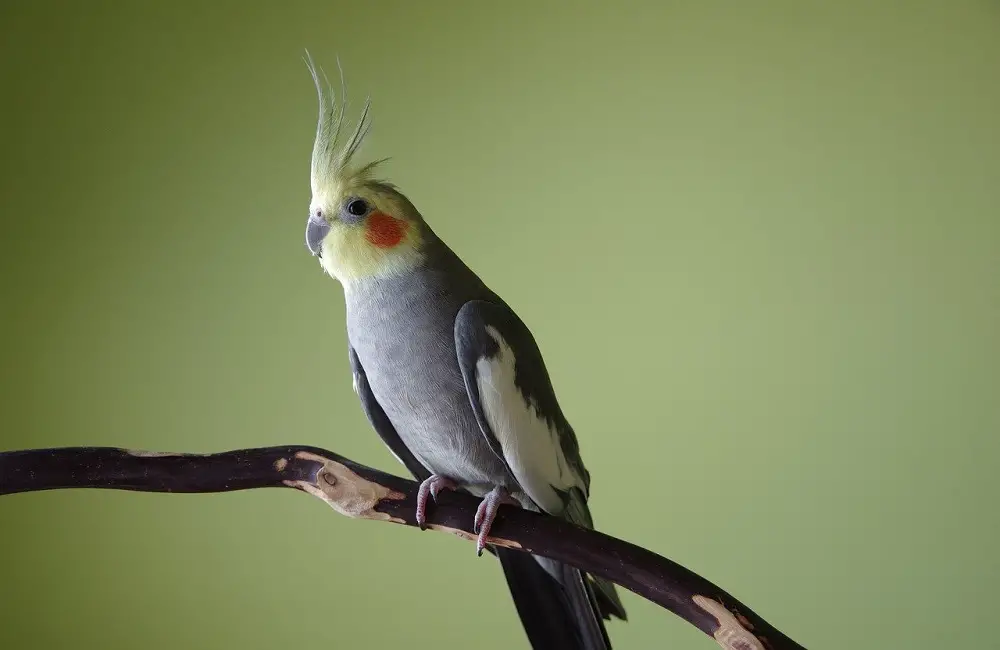The animal kingdom is full of fascinating, cute creatures, and sometimes even a bit bizarre. From the tiny to the enormous, from the furry to the scaly, there is no shortage of amazing animals to discover. In this article, we will explore some of the most interesting animals that start with the letter “F”.
| Mammals | Birds | Reptiles | Fish | Insects |
|---|---|---|---|---|
| Fox | Falcon | Frilled Lizard | Flying Fish | Firefly |
| Ferret | Flamingo | Frog | Flathead Catfish | Flea |
| Fisher | Finch | Fence Lizard | Freshwater Eel | Fruit Fly |
| Fennec Fox | Flicker | Florida Softshell Turtle | Flagfish | Fly |
| Flying Squirrel | Fieldfare | Florida Box Turtle | Fangtooth Fish | Fire Ant |
| Four-toed Hedgehog | Fork-tailed Flycatcher | Forest Dragon | Fathead Minnow | Fire Beetle |
| Fossa | Flycatcher | Fiji Banded Iguana | False Scorpionfish | Fly Paper |
| Fin Whale | Frigatebird | Frilled Shark | Freshwater Stingray | Flower Beetle |
| Field Mouse | Fulmar | Forest Cobra | Flag Cabrilla | Firefly Squid |
| Fallow Deer | Fairy Penguin | Florida Cottonmouth | Fourspot Butterflyfish | Froghopper |
| False Killer Whale | Fairy Flycatcher | Fan-footed Gecko | Flounder | Fruit Chafer |
| Fish Crow | Falconet | Florida Gopher Tortoise | Four-eyed Fish | Flycatcher |
| Flat-coated Retriever | Fluffy Tit | Fijian Crested Iguana | Flagfin Angelfish | Field Cricket |
| Free-tailed Bat | Frilled Coquette | Flying Dragon | Fathead Sculpin | Firebrat |
| Field Vole | Fork-tailed Drongo | False Coral Snake | Filefish | Firefly Larva |
| Fer-de-lance | Frilled Parrot | Fer-de-lance | Freshwater Drum | Fruitworm |
| False Vampire Bat | Forest Owlet | Frogmouth | False Cat Shark | Fireworm |
Animals That Start with F by Fauna
| Fauna | Animal |
|---|---|
| Avifauna | Flamingo, Falcon, Frigatebird, Finch, Flycatcher, Fairywren, Avocet, Albatross, Anhinga, Arctic Tern |
| Benthos | Flounder, Fireworm, Fiddler Crab, Fan Worm, Flatworm, Feather Star, Four-spot Midget |
| Cetaceans | Fin Whale, False Killer Whale, Fraser’s Dolphin, Common Dolphin, Clymene Dolphin, Cuvier’s Beaked Whale, Common Minke Whale |
| Crustaceans | Fiddler Crab, Fairy Shrimp, Freshwater Shrimp, Florida Stone Crab, Fuzzy Chiton, Flathead Lobster, Furry Hermit Crab |
| Insects | Fly, Flea, Firefly, Fruit Fly, Field Cricket, Flycatcher, Fire Ant, Fritillary, False Blister Beetle, Flower Chafer |
| Mammals | Fox, Ferret, Flying Squirrel, Flying Fox, Fossa, Fisher, Fennec Fox, Fallow Deer, Formosan Clouded Leopard, Flat-headed Cat |
| Pisces | Flying Fish, Frilled Shark, Freshwater Eel, Flathead Catfish, Fantail Darter, Fathead Sculpin, Flagfish, Firefish, Fangtooth, Four-eyed Fish |
| Reptiles | Frilled Lizard, Freshwater Crocodile, Four-lined Snake, Flat-tailed Tortoise, Five-lined Skink, Forest Cobra, Fijian Iguana, False Water Cobra, Flying Dragon, Fer-de-Lance |
| Vermes | Flatworm, Feather Duster Worm, Fireworm, Fan Worm, Flamingo Tongue Snail, Fossil Clam Worm, False Angel Wing, Firefly Squid, Free-living Flatworm, Fuzzy Chiton |
Ferrets
Ferrets are small, domesticated mammals that are members of the weasel family. They have long, slender bodies and short legs and are known for their playful and curious nature. Ferrets have been kept as pets for thousands of years and are popular today for their charming personalities and entertaining antics.
Habitat: Ferrets are initially from Europe and were domesticated over 2,500 years ago. Today, they are kept as pets in homes all around the world.
Diet: Ferrets are carnivorous and primarily eat meat. In the wild, they hunt small mammals like rabbits and rodents, while domesticated ferrets are usually fed a diet of specially formulated ferret food or raw meat.
Behavior: Ferrets are very active and playful animals that enjoy exploring their environment. They are highly social and enjoy interacting with their owners and other ferrets. Ferrets are also very intelligent and can be trained to perform a variety of tricks.
Interesting facts: Ferrets have a strong musky odor from their scent glands, but many owners find this odor endearing. In addition, ferrets have a unique way of playing called “weaseling,” which involves arching their backs and hopping around.
- Ferrets are known for their love of tunnels and hiding places. They often burrow into small spaces and playfully pop their heads out to surprise their owners.
- Ferrets have a unique musky odor that can be a turn-off for some people. However, this odor can be minimized through regular bathing and cleaning of their living spaces.
- Ferrets are also capable of sleeping for up to 18 hours a day. They are crepuscular animals, meaning they are most active during dawn and dusk.
Falcon
Falcons are birds of prey known for their speed and agility. They have sharp talons and hooked beaks that catch and kill their prey. Falcons are found all over the world and are known for their striking beauty and fierce hunting abilities.
Habitat: Falcons can be found in many habitats, including forests, grasslands, deserts, and cities. They are adaptable birds and can thrive in many different environments.
Diet: Falcons are carnivorous and primarily eat other birds, although they will also eat small mammals, reptiles, and insects. They catch their prey in mid-air using their sharp talons and agile flight skills.
Behavior: Falcons are highly skilled hunters and can catch prey in mid-flight. They are also known for their courtship displays involving aerial acrobatics and vocalizations.
Interesting facts: Falcons are one of the fastest birds in the world, with some species able to dive at speeds of over 200 miles per hour. In addition, falcons have excellent eyesight, which allows them to spot prey from great distances.
Flying Fish
Flying fish are a type of fish found in tropical and subtropical waters around the world. They are known for their ability to “fly” through the air, which they achieve through the use of their pectoral fins.
- Habitat: Flying fish live in the open ocean and prefer warm, tropical waters. They are found in both the Atlantic and Pacific Oceans.
- Diet: Flying fish are omnivores and eat a variety of plankton, small fish, and squid.
- Behavior: Flying fish are primarily active at night and can glide through the air for distances of up to 100 feet. They use their ability to fly to escape predators and to cover greater distances while searching for food.
- Interesting facts: Flying fish can fly through the air at up to 40 miles per hour. They are also able to make controlled turns and adjust their trajectory mid-flight. Flying fish are an important food source for many marine animals, including birds, dolphins, and larger fish.
Flamingo
Another animal that starts with an F is the Flamingo which are large wading birds known for its striking pink plumage and long, thin legs. They are found in many parts of the world and are known for their unique appearance and social behavior.
- Habitat: Flamingos are found in wetland habitats, including salt lakes, lagoons, and estuaries. They are social birds and often gather in large flocks.
- Diet: Flamingos are filter feeders and primarily eat algae, plankton, and small crustaceans. They use their specialized beaks to filter food from the water.
- Behavior: Flamingos are highly social and are known for their courtship displays, which involve elaborate dances and vocalizations. They also communicate with each other using a variety of calls and body language.
- Interesting facts: Flamingos are born with gray feathers, which gradually turn pink over time as they consume more of the pigments that give them their distinctive color. They can also stand on one leg for extended periods, which helps conserve body heat. Flamingos have been featured in art and literature for centuries and are often associated with beauty and grace.
Firefly
Fireflies are a type of beetle known for their bioluminescent ability. They are found in many parts of the world and are known for their enchanting glow.
- Habitat: Fireflies are found in many habitats, including forests, fields, and wetlands. They are most active at night and are often seen glowing in the dark
- Diet: Fireflies are omnivores and eat various foods, including nectar, pollen, and small insects.
- Behavior: Fireflies use their bioluminescent ability to communicate with each other and attract mates. They have a complex courtship ritual that involves flashing patterns of light.
- Interesting facts: Fireflies can produce light without generating heat, making them one of the most efficient light sources in the world. They are also sensitive to environmental changes and can be used as indicators of ecosystem health.
Fox
Foxes are small, agile mammals known for their cunning and intelligence. They are found in many parts of the world and are known for their striking appearance and unique vocalizations.
- Habitat: Foxes are found in various habitats, including forests, grasslands, and deserts. They are highly adaptable animals and can thrive in many different environments.
- Diet: Foxes are omnivores and eat various foods, including small mammals, birds, insects, and fruits.
- Behavior: Foxes are highly intelligent and are known for their cunning hunting tactics. They are also highly vocal and use a variety of calls and vocalizations to communicate with each other.
- Interesting facts: Foxes have a keen sense of hearing and can hear low-frequency sounds that are inaudible to humans. They can also climb trees and swim, making them highly versatile animals.
Frog
Frogs are amphibians known for their unique appearance and vocalizations. They are found in many parts of the world and are known for their important role in many ecosystems.
- Habitat: Frogs are found in various aquatic and terrestrial habitats, including ponds, streams, and forests. They are susceptible to environmental changes and are often used as indicators of ecosystem health.
- Diet: Frogs are carnivores and eat a variety of insects, spiders, and small invertebrates.
- Behavior: Frogs are known for their unique vocalizations, which are used to attract mates and communicate with other frogs. They can also jump long distances and have powerful tongues used to catch prey.
- Interesting facts: Frogs can absorb water through their skin, allowing them to stay hydrated in dry environments. They can also hibernate in the winter and survive freezing temperatures by producing antifreeze in their bodies. Frogs have been used in scientific research for centuries, particularly in genetics and developmental biology.
Fennec Fox
A fun animal that starts with an F are Fennec foxes, small desert foxes known for their large ears and adorable appearance. They are found in the Sahara and other deserts in North Africa and the Middle East.
- Habitat: Fennec foxes live in the hot, arid regions of the Sahara and other deserts. They are well adapted to living in the desert, with large ears that help them to dissipate heat and locate prey.
- Diet: Fennec foxes are omnivores and eat a variety of foods, including insects, rodents, and desert plants.
- Behavior: Fennec foxes are nocturnal and spend most of their day sleeping in underground burrows to avoid the day’s heat. They are social animals and live in family groups.
- Interesting facts: Fennec foxes have large ears measuring up to six inches long. These ears help them to hear prey moving underground and to dissipate heat. They are also one of the few fox species that can be kept as pets.
Fruit Bat
Fruit bats, also known as flying foxes, are a type of bat that feeds primarily on fruit. They are found in many parts of the world and are known for their large size and unique appearance.
- Habitat: Fruit bats are found in a variety of habitats, including forests, grasslands, and deserts. They are most active at night and roost in trees or caves during the day.
- Diet: Fruit bats are primarily herbivores and feed on various fruits and flowers. They play an important role in pollination and seed dispersal.
- Behavior: Fruit bats are highly social and live in large colonies. They use echolocation to navigate in the dark and to locate food.
- Interesting facts: Fruit bats have wingspans that can measure up to five feet long, making them one of the largest bat species in the world. Unlike many other bat species, they also have excellent eyesight and can see in color. Some species of fruit bat are considered endangered due to habitat loss and hunting.
Flying Squirrel
Flying squirrels are small, nocturnal rodents that are known for their ability to glide through the air. They are found in forests throughout North America and Eurasia.
- Habitat: Flying squirrels live in forests, nest in trees and use their gliding ability to move between them.
- Diet: Flying squirrels are omnivores and eat a variety of foods, including nuts, seeds, insects, and fruits.
- Behavior: Flying squirrels are primarily nocturnal and are highly social animals. They communicate with each other using a variety of vocalizations and scents.
- Interesting facts: Flying squirrels can glide through the air at up to 25 miles per hour. They are also able to make sharp turns and adjust their trajectory mid-flight. Flying squirrels are not true flyers, as they cannot generate lift through flapping their wings. Instead, they rely on gravity and their ability to glide to navigate through their environment.
Frigatebird
Frigatebirds are large seabirds that are found in tropical and subtropical regions around the world. They are known for their distinctive, forked tails and impressive wingspan.
- Habitat: Frigatebirds live on the open ocean and spend most of their time flying over the water.
- Diet: Frigatebirds feed primarily on fish that they capture in flight.
- Behavior: Frigatebirds are highly adapted to life on the open ocean and can fly for weeks at a time without landing. They are also known for their aggressive behavior, often stealing food from other birds in mid-air.
- Interesting facts: Frigatebirds have the highest wingspan-to-bodyweight ratio of any bird. Their wingspans can measure up to 8 feet across, but their bodies weigh just a few pounds. Frigatebirds can also inflate a red pouch on their throats during breeding season to attract mates. This pouch can measure up to 2 feet long.
Firefly
Fireflies, also known as lightning bugs, are a type of beetle known for their ability to produce light. They are found in many parts of the world and are a common sight on warm summer nights.
- Habitat: Fireflies live in a variety of habitats, including forests, fields, and wetlands. They spend most of their lives as larvae, living in the soil or in rotting logs.
- Diet: Fireflies are carnivores and feed on other insects, including snails and slugs.
- Behavior: Fireflies produce light using a chemical reaction in their bodies. They use this light to attract mates and to warn predators of their bitter taste.
- Interesting facts: Fireflies are one of the few insect species capable of producing light. They can also regulate the intensity and duration of their light displays, which they use to signal their presence to potential mates. Fireflies have been used in medical research for their ability to produce a type of luciferin, a chemical used to develop new drugs.
Frilled Lizard
The frilled lizard is a type of lizard found in Australia and New Guinea. They are known for their distinctive frill of skin around their neck, which they use as a defensive display when threatened.
- Habitat: Frilled lizards are found in the tropical and arid regions of northern Australia and southern New Guinea. They prefer open woodland, savannah, and rocky areas.
- Diet: Frilled lizards are carnivorous and eat a variety of insects, spiders, small mammals, and birds.
- Behavior: Frilled lizards are diurnal and arboreal, spending most of their time in trees. They are fast runners and climbers. When threatened, they open their mouth wide, raise their frill, and hiss loudly to scare off predators.
- Interesting facts: The frilled lizard is also known as the frilled-neck lizard and is the official animal emblem of the Northern Territory in Australia. Frilled lizards are also popular pets, although they require specialized care and a large enclosure. They have a unique way of running, in which they use their hind legs to push off the ground and their forelimbs to steer.
Summary:
In this blog post, we have explored 24 different animals that start with the letter “F”. Each animal has been described in detail, including their physical appearance, habitat, diet, and behavior. Additionally, we have included interesting facts about each animal, such as their unique abilities, cultural significance, and popularity as pets or in art.
From the fierce and formidable fox to the graceful and elegant flamingo, each animal brings something special to the natural world. Whether you are a wildlife enthusiast, a nature lover, or simply curious about the world around you, we hope this article has provided insight into the fascinating animals that start with the letter “F”.



